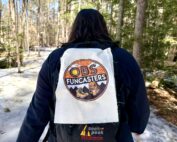Alpine Zone
2016-06-26 17:07:10.000 – Christopher Hohman, Intern
One common question hikers have when summiting a mountain is, “Hey why are all these plants so different up here compared to the base?” It’s a very interesting and fascinating question when you start to really think about all the strange vegetation at the summits. This normally begins to happen around what is called the “Treeline.” This is the line where tree growth severely drops, so dramatically to the point where there is almost no tree growth shortly after reaching that line. One of the trees that do survive are called “Krummholz” (German word for: Twisted Wood). From the treeline up to the summit the mountain is in what’s called “The Alpine Zone.” This region begins at approximately 4,500 ft. This is a region that is characterized by both climate and vegetation. Worldwide the alpine region is considered when summer temperatures average less than 50-55 °F. This sort of environment is very difficult for most vegetation to survive in, and the ones that do have interesting adaptations. Vegetation development can vary on specific features. These features include aspect, slope, wind exposure, snow melt, and moisture distribution. I’ve highlighted some of the most interesting ones here:
Krummholz: As stated before this tree is located above tree line, and has a very short height compared to others on the mountain. These trees typically have one side of them with their branches completely sheared off; this is due to the prevailing wind direction blowing pieces of ice and snow at high speeds directly at the tree. While these trees are very small in diameter, they are one of the oldest trees in the North East. They grow very dense and twisty, keeping them small and close to the ground; and giving the illusion they’re young. They survived the colonial logging not only because they don’t offer much for wood, but they are also difficult to get to and lug back down. So they have been here for hundreds of years.
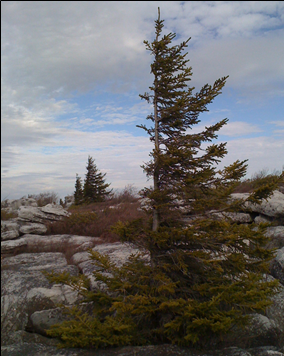
An interesting feature about alpine flowers is their blooming seasons. These plans will only flower for a few weeks in the season, then close back up again for the rest of the year. Asexual reproduction is very common, but pollination is also prevalent in the environments.
Mountain Cranberry:
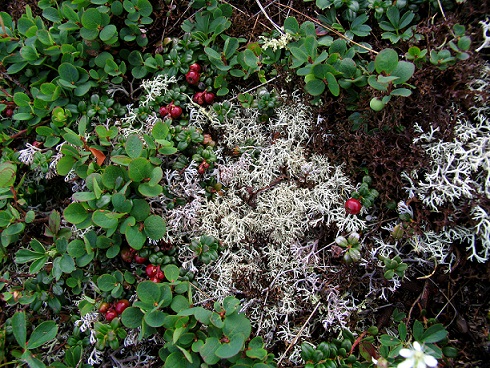
Mountain Azalea:
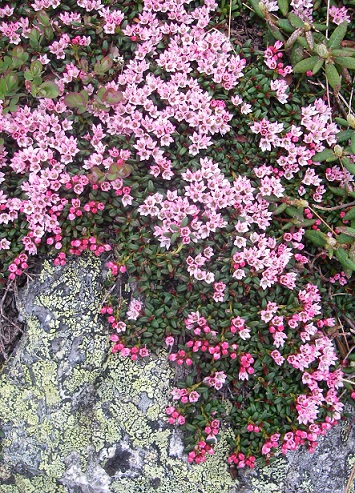
There still are some animals that actually live in the Alpine Region. In terms of birds there are large amounts that frequent themselves on the summits. Some of these include:
Ravens:
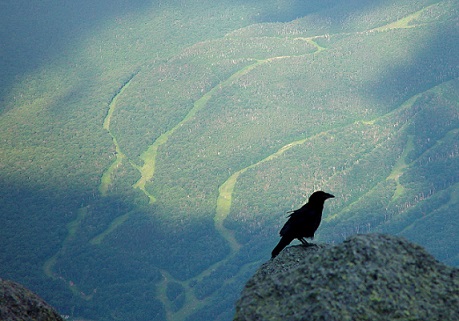
Grey Jay:
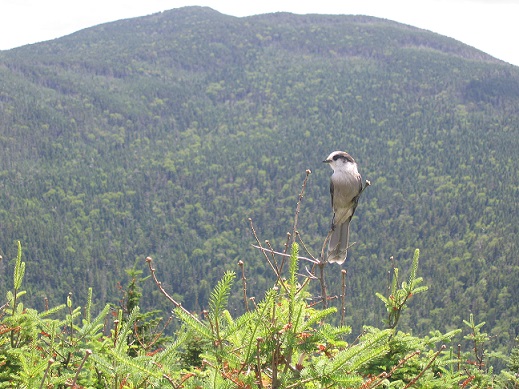
Saw-whet Owl:
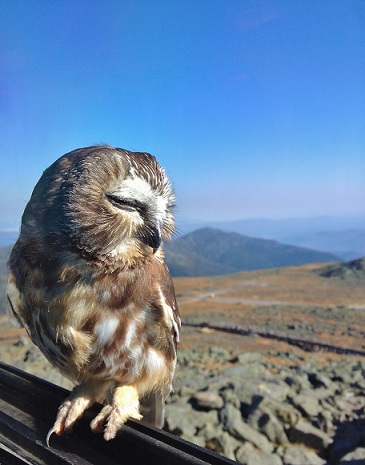
Mammals can also survive in the region. They are typically small animals like voles, mice, or shrews. However there are other larger animals that have been spotted on the summits.

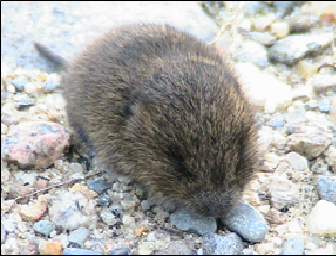
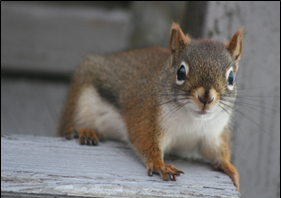
Thanks for reading!
Christopher Hohman, Intern
Team Flags Return for Seek the Peak’s 25th Anniversary
Team Flags Return for Seek the Peak's 25th Anniversary By MWOBS Staff Mount Washington Observatory is looking forward to continuing a much-loved tradition for Seek the Peak’s 25th Anniversary: Team flags. In inviting teams
Meet Summer Interns Zakiya, Max and Maddie
Meet Summer Interns Zakiya, Max and Maddie By MWOBS Staff We are excited to welcome six teammates to the summit of Mount Washington this summer! During their internship, these students and graduates will play
Saying Goodbye to the Summit
Saying Goodbye to the Summit By Alexis George After an extraordinary last three years working as a Weather Observer and Meteorologist, I am excited to pursue a different career. As sad I as am

